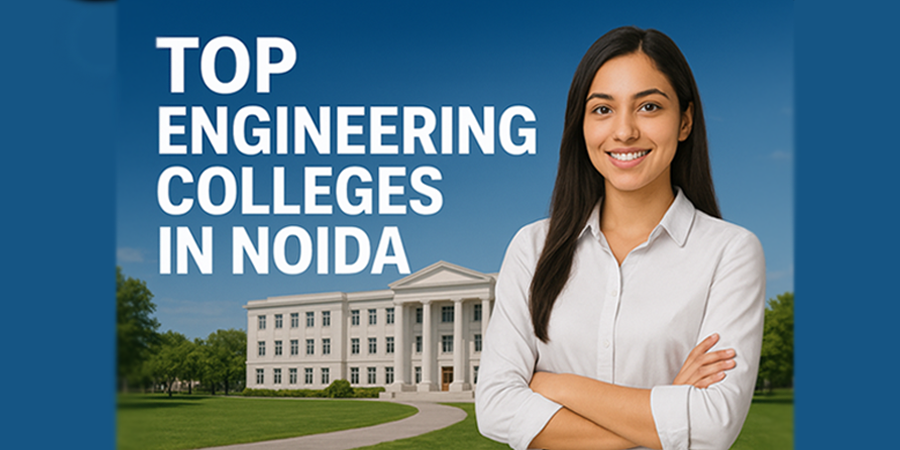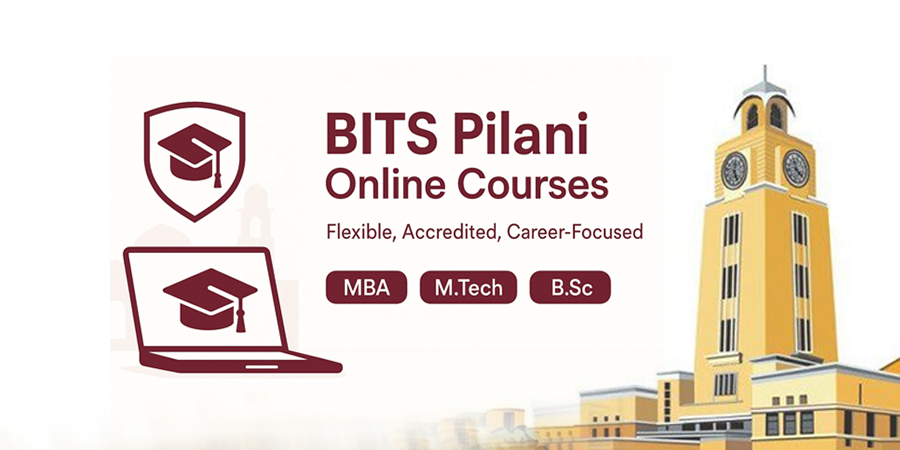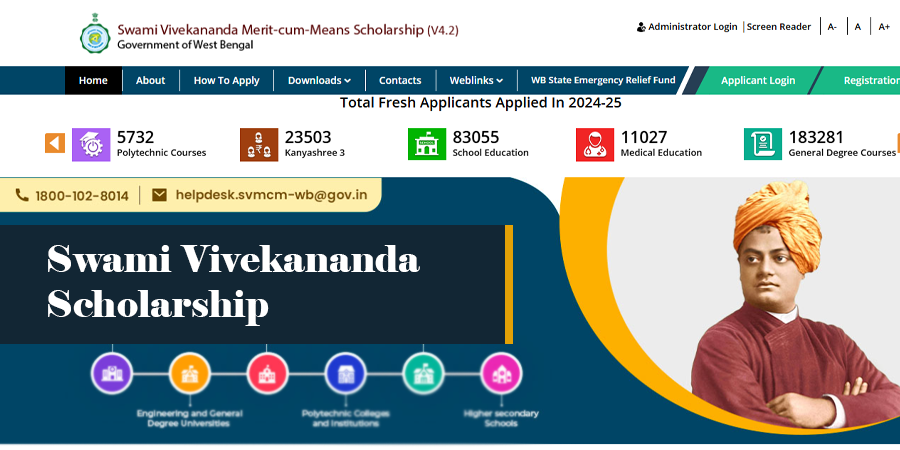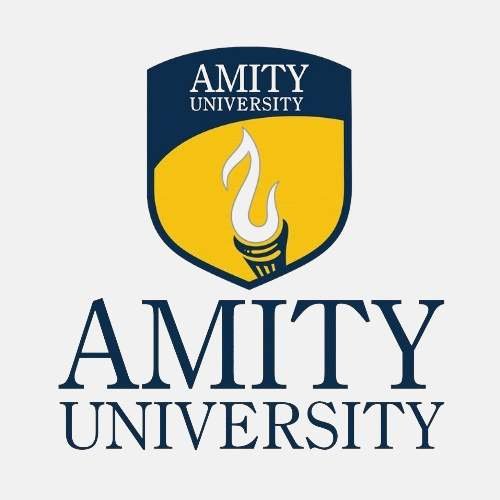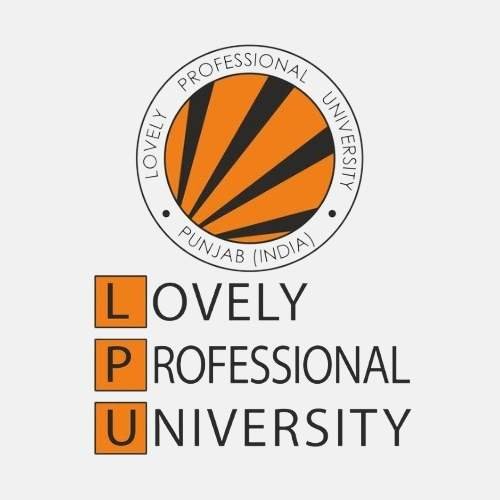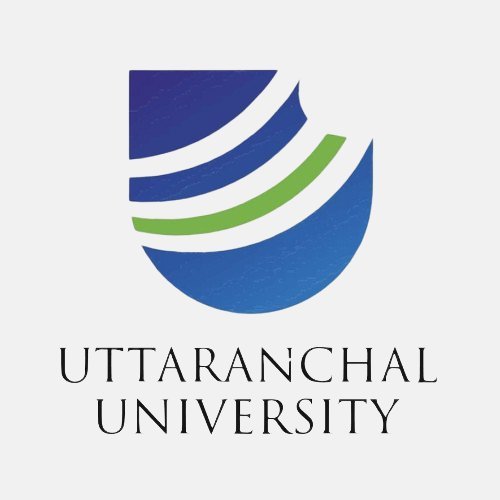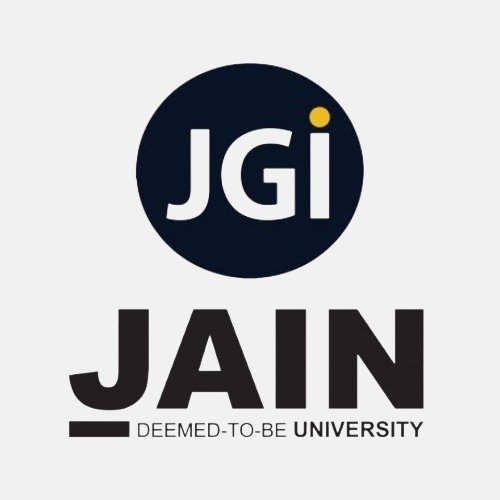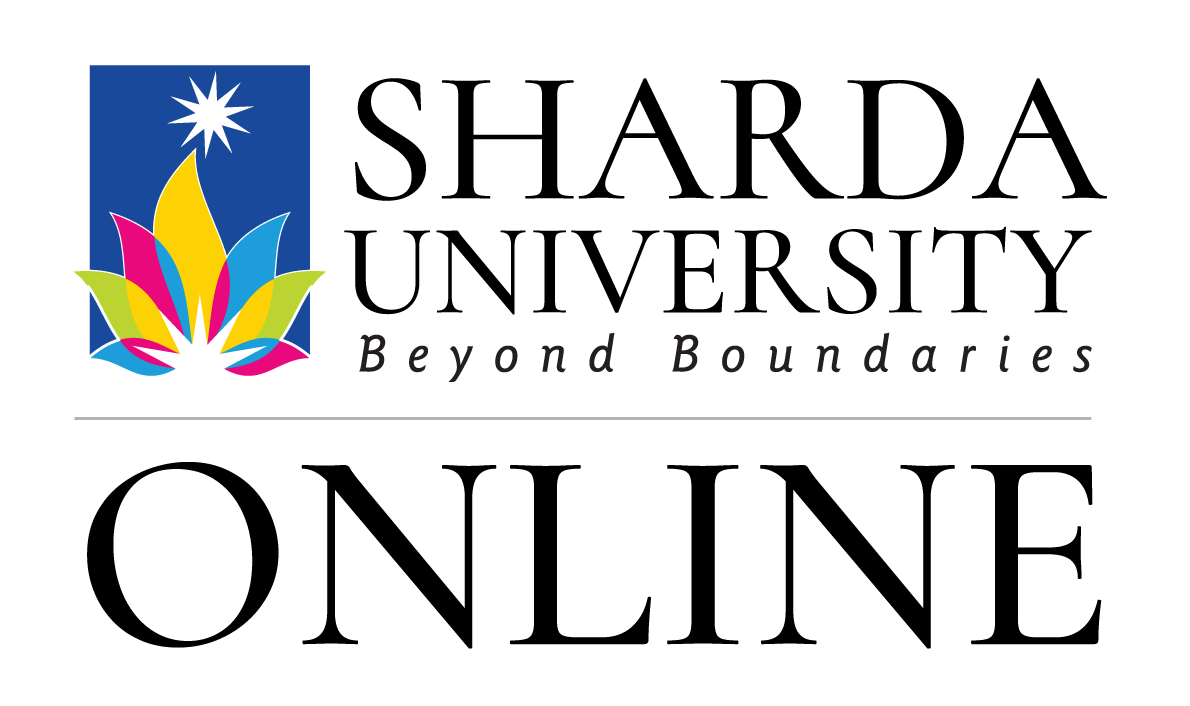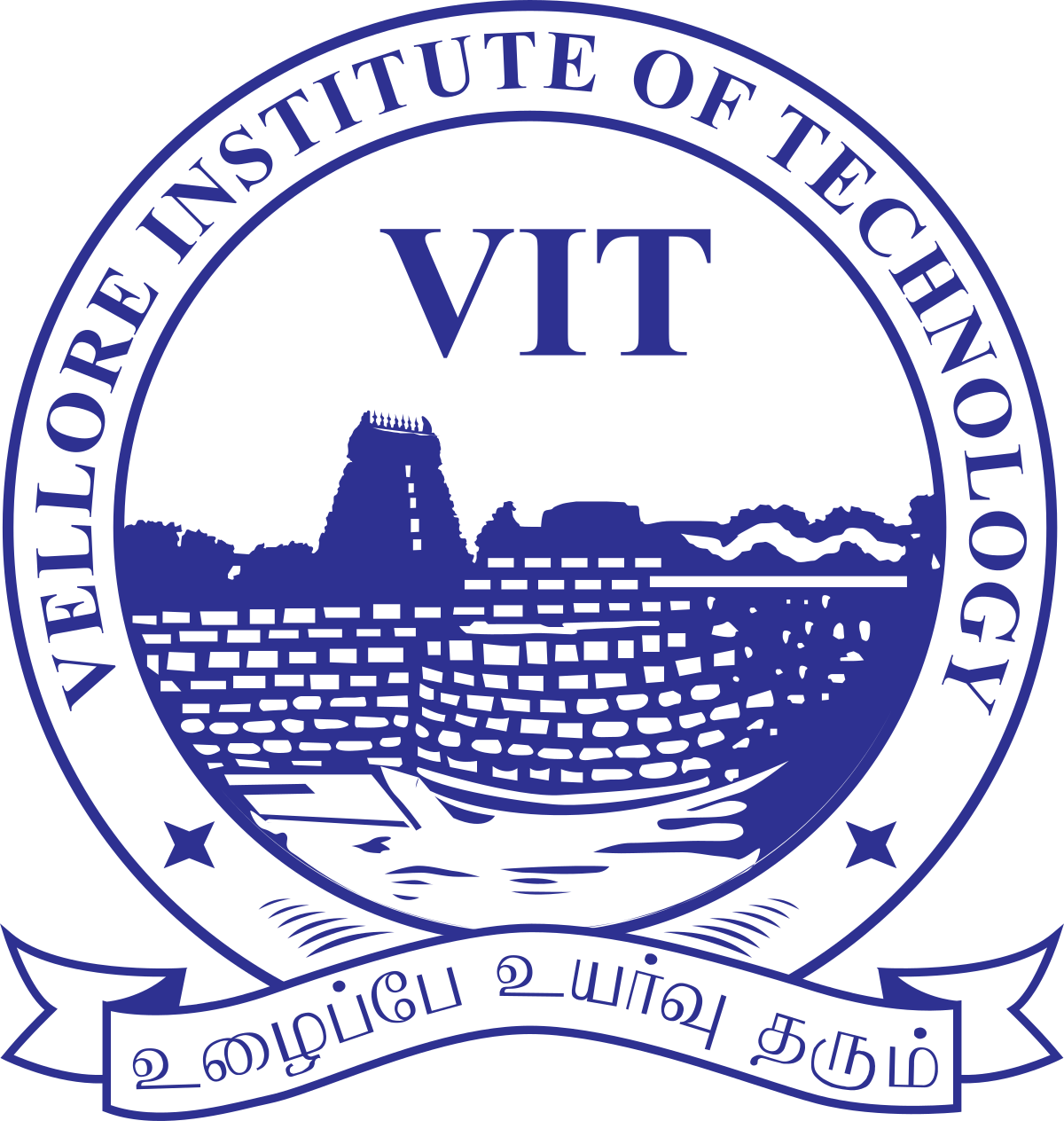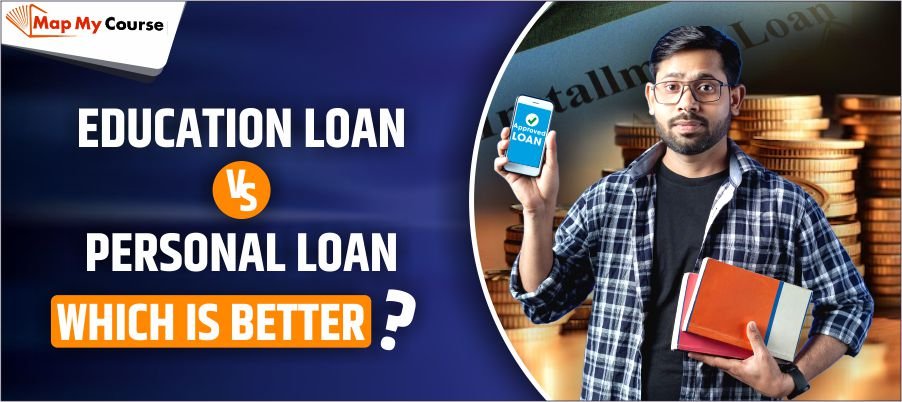Are you thinking of taking a loan to pursue your higher education? Then you might be wondering which loan is best. You’re not the only one! Many Indian students and their families are not well informed about which loan to take, between an education loan and a personal loan.
Education loans are usually better for students because they offer lower interest rates, longer repayment periods, and special benefits like a moratorium period. Personal loans, while faster to get, can be expensive and may not provide the same flexibility for students. Your choice should depend on your purpose, repayment ability, and whether you’re studying in India or abroad.
This blog, “Education Loan Vs Personal Loan: Which Is Better in 2025? ” compares education loans and personal loans for Indian students in 2025. It explains how each loan works, its pros and cons, and which option makes more sense for your higher education goals.
What Is an Education Loan?
An education loan is a special type of loan that can only be used for education, it cannot be used for any other purpose. It helps students pay for their studies in India or abroad and covers things like tuition fees, books, hostel charges, travel, and other related expenses.
Most education loans are collateral-based, which means you may need to offer some form of security. However, the good part is that the interest rates are usually lower compared to other types of loans. If you don’t have collateral, many lenders allow you to apply with a third-party guarantee.
The good thing about an education loan is that you don’t have to repay it right away. You can start repaying only after your course is over. Most lenders also give you a grace period of 6 months to 1 year, so you get some time to find a job before you begin paying EMIs.
Calculate Your Education Loan EMI – Plan Your Finances with Confidence!
What Is a Personal Loan?
A personal loan is a type of loan that you can use for almost anything—like medical expenses, travel, wedding, or even education. It doesn’t need any security or collateral, which means you don’t have to give anything to the bank in return for the loan. That’s why it’s easier and faster to get.
For students or parents who need money urgently for education, a personal loan might seem like a convenient option. But keep in mind, personal loans usually come with higher interest rates compared to education loans. Also, there is no moratorium period—you have to start repaying the loan immediately, usually from the very next month.
Key Differences Between Education Loan and Personal Loan
Basis of Difference | Education Loan | Personal Loan |
Use of Funds | Education loans can only be used for your education, such as tuition, books, and accommodation. | Personal loans can be used for anything—education, travel, medical needs, etc. |
Interest Rate | Education loans have lower interest rates, starting from around 11.15% p.a. | Personal loans have higher interest rates, starting from 15% p.a. |
Tax Benefits | You can claim tax deductions on the interest paid for education loans under Section 80E. | Personal loans don’t provide any tax benefits. |
Moratorium Period | Education loans offer a break (moratorium period) from repayment for 6 months to 1 year after your course ends. | Personal loans require immediate repayment, with no moratorium period. |
Guarantor and Collateral | Education loans may need a guarantor or collateral (such as property) for larger amounts. | Personal loans don’t need any collateral or a guarantor. |
Loan Tenure | Education loans can have longer repayment periods, up to 7 years (84 months). | Personal loans usually have shorter repayment periods, up to 5 years (60 months). |
Government Subsidy | Some education loans come with interest subsidies from the government if the loan amount is above ₹10 lakh. | Personal loans don’t have government subsidies. |
Prepayment Penalty | Most education loans don’t charge a fee if you want to pay off the loan early. | Personal loans may charge a fee if you want to repay the loan before the due date. |
Loan Amount | Education loans usually start from ₹75,000 and can go up to ₹1 crore for studying abroad. | Personal loans generally start from ₹50,000, depending on your financial situation. |
Education Loan vs Personal Loan: Which is better in 2025?
In 2025, an education loan will usually be a better choice for students. It’s designed for education, comes with lower interest rates, and gives you more time to start paying after your course is finished. You also get benefits like tax savings and help from government schemes.
A personal loan is easier to get and doesn’t require any security. But it comes with higher interest rates, and you have to start repaying it right away. So, unless you’re in a hurry or can’t get an education loan, a personal loan might not be the best choice for funding your studies.
Personal Loan Vs Education Loan: Pros and Cons
Pros Of Education Loan:
- Moratorium Period
Most education loans offer a grace period (usually the course duration + 6 to 12 months), allowing students to focus on their studies without worrying about repayments. You can begin repaying after securing a job.
- Designed Specifically for Education
Education loans are designed to cover education-related expenses such as tuition fees, books, accommodation, and travel. This helps reduce the financial burden on you and your family, allowing you to focus on your studies.
- Tax Benefits
Under Section 80E of the Income Tax Act, you can claim a tax deduction on the interest paid on your education loan. This helps reduce your tax liability and makes repayment easier in the long run.
- Financial Relief for Families
Education loans help reduce the immediate financial burden on families by covering educational expenses, allowing students to focus on their education without financial stress.
- Builds Credit History
Timely repayment of an education loan can help you build a positive credit history. A good credit score can be beneficial when you apply for other loans, like home loans or car loans, in the future.
Cons Of Education Loan:
- Long Application Process
The process of applying for an education loan can take time because it needs a lot of paperwork and documentation, which may delay the disbursal of funds.
- Collateral Requirement
You may need to provide assets like property or a third-party guarantor as security for the loan, which can be a problem for some students.
- Job Search Stress
If you don’t get a job after graduation, it may be difficult to start repaying the loan, which could also affect your credit score.
- Limited Loan Coverage
Education loans are only available for courses at recognized institutions. Students enrolling in lesser-known colleges might face challenges in securing a loan.
Pros Of Personal Loan:
- Flexible Use of Funds
With a personal loan, you can use the money for any purpose – not just education. You have the freedom to use it for anything you need.
- Quick Processing
Personal loans are processed faster with less paperwork. This is great if you need funds quickly for things like admission fees or immediate education expenses.
- No Collateral Needed
You don’t need to provide any security, like property or assets, to get a personal loan, making it easier for people who don’t have valuable collateral.
- Flexible Repayments
Personal loans allow you to choose a repayment plan that fits your financial situation, so you can adjust it based on your income.
- Pre-Approved Loans
If you have a good credit history, some banks or lenders offer pre-approved personal loans, which makes getting the loan faster and easier.
Cons Of Personal Loan:
- Higher Interest Rates
Personal loans tend to have higher interest rates compared to education loans because they are unsecured. This makes personal loans more expensive in the long run, especially if the loan amount is large.
- Immediate Repayment
Unlike education loans, personal loans do not have a moratorium period. You are required to start repaying the loan as soon as it is disbursed, which can be a burden for students who haven’t started earning yet.
- No Tax Benefits
Personal loans do not offer tax benefits on the interest paid. This is one area where education loans have an advantage, as you can claim tax deductions on the interest paid on education loans under Section 80E.
- Shorter Loan Tenure
Personal loans typically have shorter repayment periods (usually up to 5 years). This means you may have to pay higher EMIs, which can be difficult for students without a regular income.
Also check our related blogs
Conclusion
Choosing between an education loan and a personal loan depends on what you need and your situation. Education loans are a great option if you want to cover your study costs. They come with lower interest rates, a break before you start paying, and even tax benefits. These loans are made for educational purposes only.
On the other hand, personal loans give you more flexibility. You can use the money for anything, not just education. They are quicker to get but have higher interest rates, and you have to start paying back immediately.
If you’re mainly looking to pay for your studies and want lower interest rates and time before repaying, an education loan is a better choice. But if you need quick money for anything and can handle the higher rates, a personal loan might be the right option for you.
Frequently Asked Questions
Q1: Can I use an education loan for any course?
Ans: No, education loans are only for recognized courses in approved institutions.
Q2: Can I get a personal loan for my education?
Ans: Yes, personal loans can be used for education, but you can also use the money for other things, not just education.
Q3: What is the interest rate for education loans?
Ans: Education loan interest rates start around 11% per year but may vary by lender.
Q4: Do I need collateral for an education loan?
Ans: For loans over INR 7.5 lakh, you need collateral. For smaller loans, you may not need collateral.
Q5: Can I claim tax benefits on an education loan?
Ans: Yes, you can claim tax deductions on the interest paid for an education loan under Section 80E.


